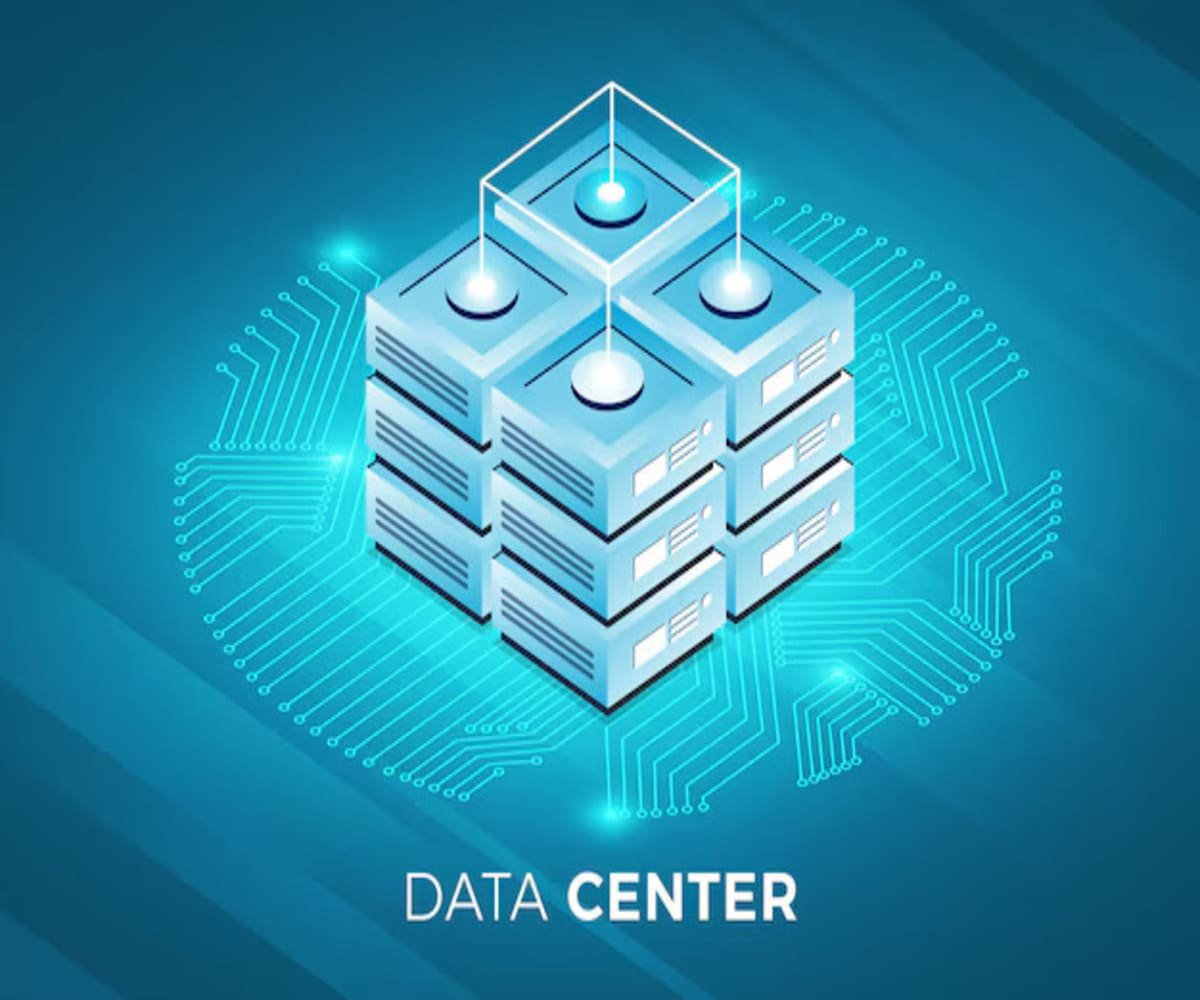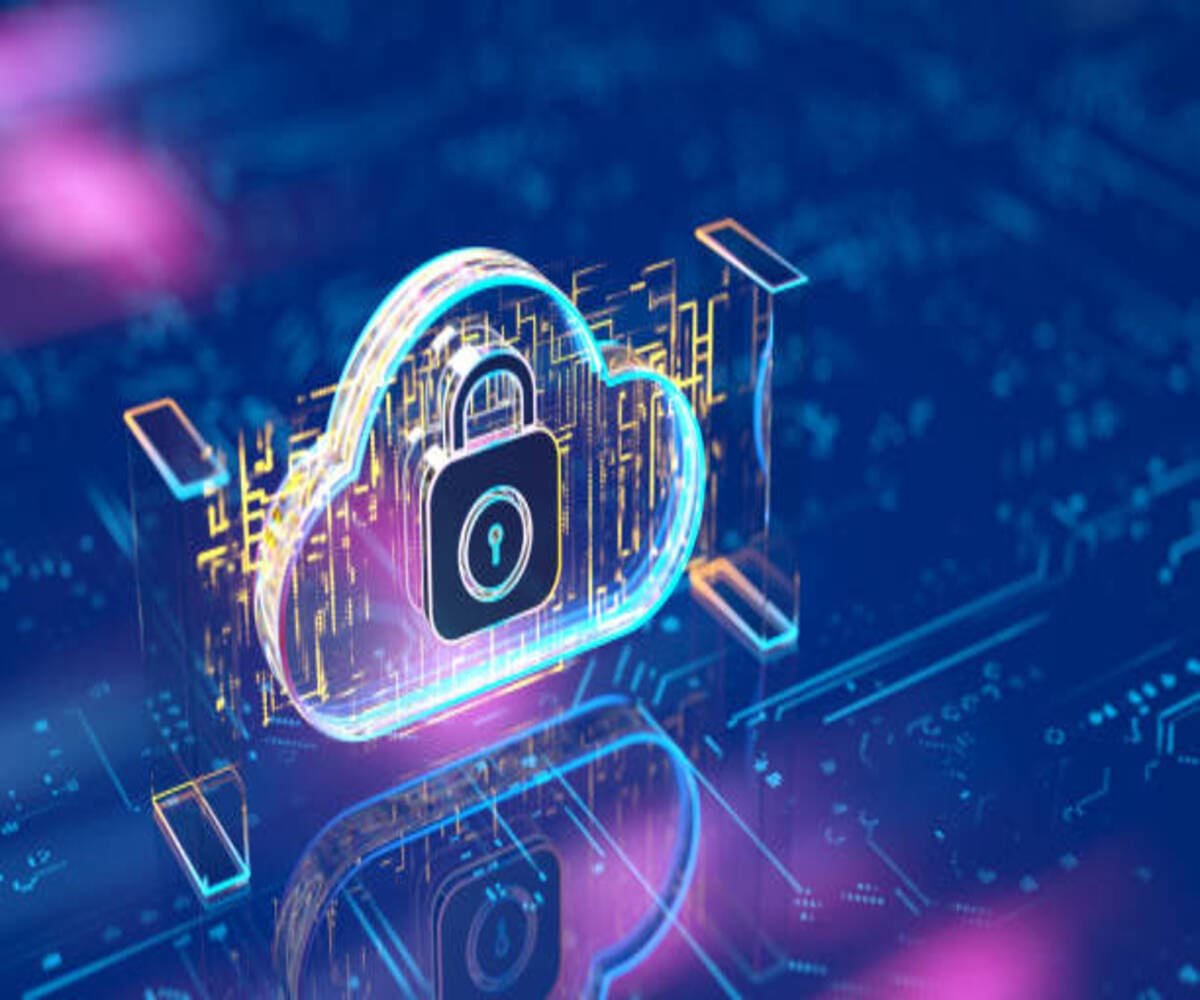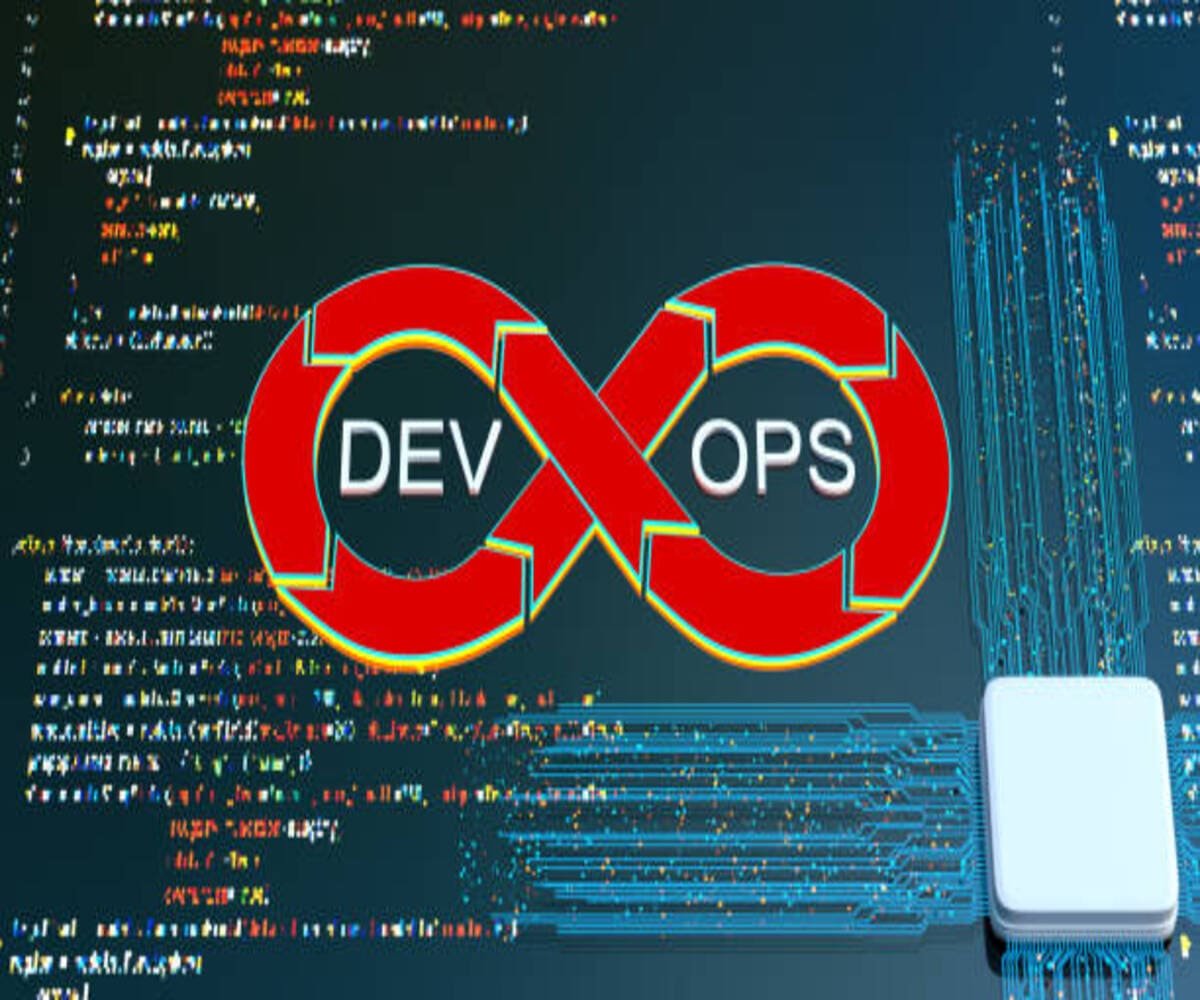Introduction to HDFS
In the era of big data, organizations generate and process massive amounts of structured and unstructured data. The Hadoop Distributed File System (HDFS) is a core component of the Apache Hadoop framework, designed to store and manage large datasets efficiently across distributed computing environments. HDFS provides scalable, fault-tolerant, and high-throughput data access, making it a fundamental technology for big data applications.
What is HDFS?
HDFS is a distributed file system that enables the storage and processing of large datasets by splitting them into smaller blocks and distributing them across multiple nodes in a Hadoop cluster. It follows a master-slave architecture and is optimized for high-throughput data access rather than low-latency operations.
Key Features of HDFS
- Scalability: Supports horizontal scaling by adding more nodes to the cluster.
- Fault Tolerance: Ensures data replication across multiple nodes to prevent data loss.
- High Throughput: Optimized for handling large-scale batch processing jobs.
- Cost-Effectiveness: Utilizes commodity hardware to reduce infrastructure costs.
- Write-Once, Read-Many Model: Designed for sequential data access with minimal modifications.
- Integration with Hadoop Ecosystem: Works seamlessly with Apache Spark, MapReduce, Hive, and other big data tools.
HDFS Architecture
HDFS follows a master-slave architecture, consisting of three main components:
1. NameNode (Master Node)
- Manages the file system namespace and metadata.
- Keeps track of file locations, directories, and replication factors.
- Coordinates client requests and data distribution.
2. DataNodes (Slave Nodes)
- Store actual data blocks across different nodes in the cluster.
- Regularly report to the NameNode about block status.
- Handle data read/write requests and replication processes.
3. Secondary NameNode
- Periodically merges namespace changes from the NameNode.
- Acts as a backup for metadata snapshots but does not replace the primary NameNode.
HDFS Data Storage & Replication
- Block Storage: Data is divided into fixed-size blocks (default size: 128MB or 256MB).
- Replication Factor: Each block is replicated across multiple DataNodes (default: 3 replicas) to ensure reliability and fault tolerance.
- Rack Awareness: HDFS considers network topology to optimize data placement and retrieval.
Advantages
- Reliable and Fault-Tolerant: Data replication ensures high availability.
- Handles Large Datasets: Designed for petabyte-scale storage and processing.
- Parallel Processing: Works efficiently with MapReduce and other parallel processing frameworks.
- Open-Source & Cost-Effective: Part of the Apache Hadoop ecosystem, reducing licensing costs.
Use Cases of HDFS
1. Big Data Analytics
- Supports large-scale data processing tasks such as machine learning and predictive analytics.
- Works with frameworks like Apache Spark and Apache Hive for SQL-based querying.
2. Enterprise Data Warehousing
- Stores structured and semi-structured data for business intelligence applications.
- Enables large-scale ETL (Extract, Transform, Load) operations.
3. Log and Event Processing
- Used by companies to store and analyze system logs, user activities, and sensor data.
- Helps in real-time monitoring and anomaly detection.
4. Streaming Data Storage
- Works with Apache Kafka and Apache Flink for real-time data ingestion and processing.
Challenges & Limitations
- Not Suitable for Real-Time Processing: Designed for batch-oriented workloads.
- Single Point of Failure (NameNode): While fault-tolerant, the primary NameNode is a critical component.
- High Latency for Small Files: Optimized for large files; handling many small files can reduce efficiency.
- Complex Setup & Maintenance: Requires expertise in Hadoop administration.
Conclusion
The Hadoop Distributed File System (HDFS) is a fundamental component of modern big data technologies, enabling organizations to store, process, and analyze vast amounts of data efficiently. Its scalability, fault tolerance, and integration with the Hadoop ecosystem make it a preferred choice for data-driven enterprises. However, its limitations necessitate careful planning when choosing it for specific use cases. With advancements in cloud computing and distributed storage, HDFS continues to evolve, supporting new innovations in data processing frameworks.






